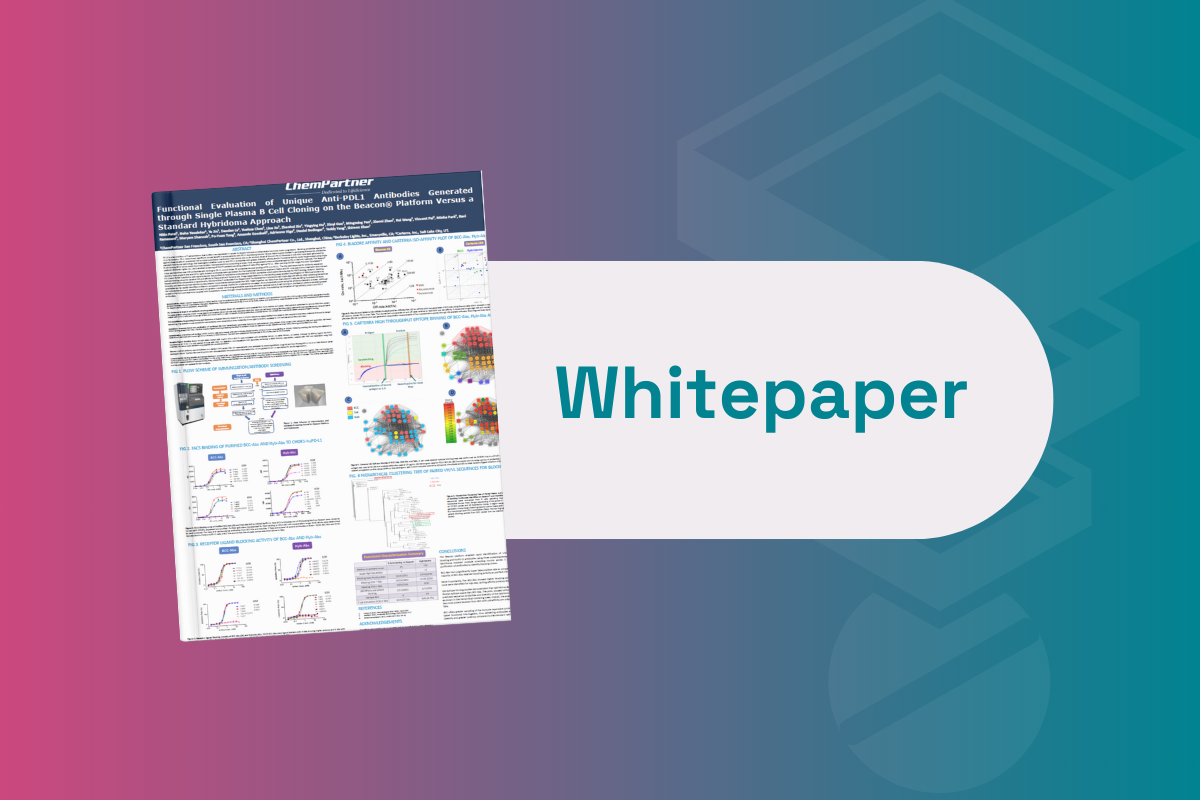Exscientia and Amazon Web Services Join Forces to Maximise the Potential Of Generative AI in Drug Discovery

Introduction to Generative AI
Using AI for pharma R&D accelerates drug discovery by quickly analysing data, predicting drug-target interactions, and identifying promising compounds. This saves time and costs during the preliminary stages of R&D, enabling scientists to invest their efforts into the most viable candidates.
Unlike other typical AI systems, generative AI allows for more creativity. Traditional AI makes predictions based on large volumes of data, whereas generative AI models can generate entirely new output based on various inputs including text, images, and 3D models.
Generative AI informs clinical trial design using real world evidence (RWE) and complex algorithms to improve patient outcomes. Therefore, generative AI aims to go beyond capturing and leveraging patient data: it aims to optimise treatment options.
An accelerated drug discovery process will cure more diseases more quickly, opening additional resources that could then be applied to underserved areas. Generative AI can be applied at various stages of drug discovery including target identification, lead generation, drug design, and optimisation. This demonstrates the versatility of this technology.
Case Study
Exscientia, an innovative drug-design and development company, recently announced that it is expanding its partnership with Amazon Web Services (AWS), a market leader in cloud infrastructure and platform services. Exscientia's drug discovery platform was built using Amazon Web Services technology, it integrates generative AI drug design and robotic lab automation to further advance the company's ability to deliver high-quality drug candidates.
Related:
- Building Partnerships & Fostering An Inter-Disciplinary Approach In The Fight Against Anti-Microbial Resistance
- Advancing Drug Discovery Through Innovative Technologies & Strategic Collaboration
- University of Sydney Enters New Drug Discovery AI Partnership with Pharos Tx
Exscientia's platform is powered its generative AI models and the scalable and flexible nature of AWS's will allow the platform to rapidly design drug candidates that better target specific diseases. The platform also uses large language models (LLMs) through Amazon Bedrock, a fully managed service that enables high-performing foundation models from AI startups and Amazon.
Conventional high-throughput screening approaches are typically time consuming, but it is expected that deploying generative AI in Exscientia's DesignStudio rather than screening for discoveries in extensive chemical space will be more efficient. The purpose of the DesignStudio is to use generative AI models to identify drug candidates with therapeutic potential.
John Overington, Chief Technology Officer of Exscientia, stated: "Extending our collaboration with AWS beyond our DesignStudio to include the robotic automation of synthesis and testing of our molecular designs was the next logical step for Exscientia."
Conclusion
This example shows the importance of collaboration between businesses and biotechnologies. Encouraging these strategic partnerships brings the latest technology to the forefront of drug discovery. Exscientia's efforts to improve drug design through collaboration demonstrate the company's commitment to adopting a multidisciplinary approach to drug discovery.







